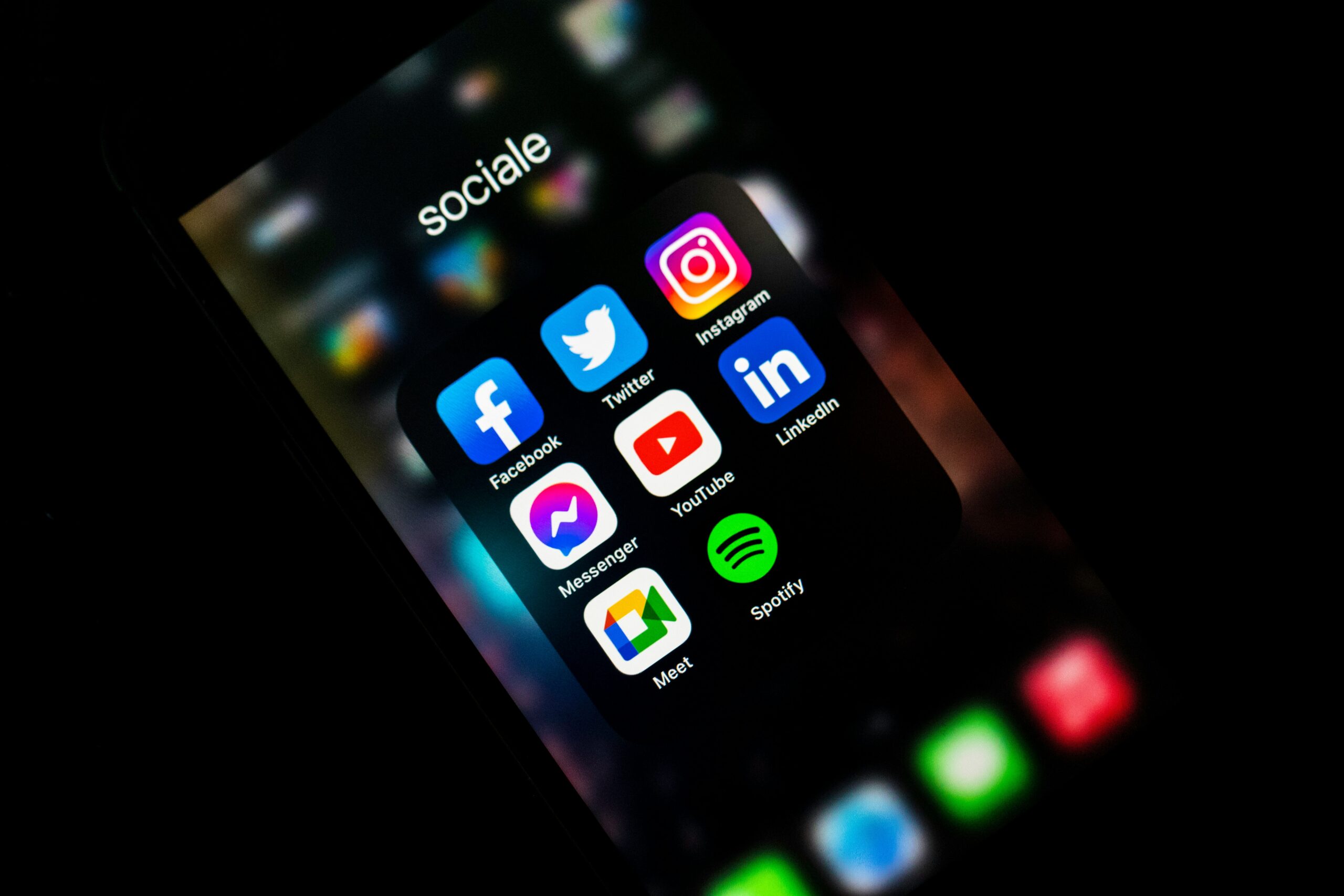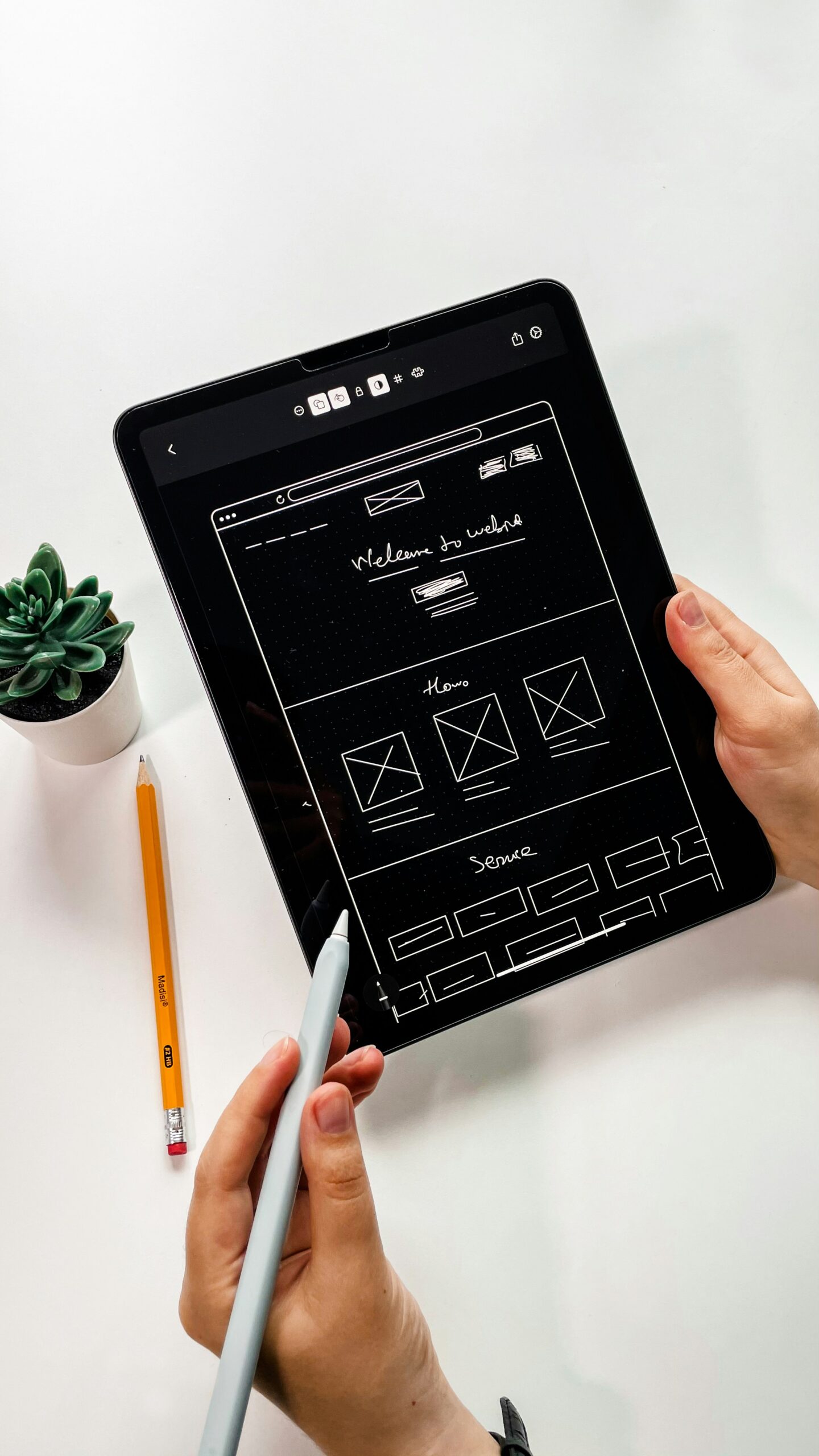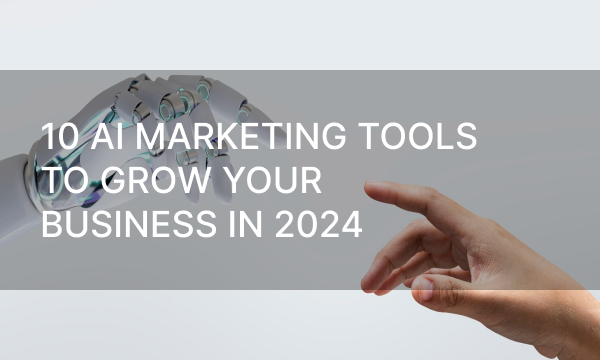Introduction to the evolving landscape of paid media marketing and the need for changes for advertisers to stay competitive.
Paid media marketing is a dynamic field, shaped by technological advancements, shifting consumer preferences, and intense competition. Success demands adaptability, as strategies that were once effective may become obsolete. The primary goal of paid media remains to drive brand visibility and traffic. Artificial intelligence and machine learning are the defining trends in paid media today. Platforms are leveraging these technologies to enhance campaign optimization and workflow automation.
Gone are the days of generic ad campaigns. To stay competitive, advertisers must embrace a new approach. This article outlines seven critical changes that empower brands to thrive. Among other things, we’ll look at reviewing and revising Google tags, influencers’ impact on paid marketing models, audience management on multiple platforms, and optimizing user experience. By embracing these shifts, you can ensure your campaigns remain impactful, engaging, and extremely successful.
1. Review & Revise Google Tags
In the competitive world of paid media marketing, optimizing Google tags is essential to driving campaign success and generating valuable data. It involves analyzing the goal of each tag, verifying its precision and thoroughness, and modifying it to align with evolving campaign goals. This process helps maximize performance, gain insights, and stay ahead of the competition in the digital marketing realm.
An important update to Google’s Consent Mode in January 2024 has undeniably impacted marketers who target users in the European Economic Area. This upgrade necessitates adjustments to tracking behavior based on user interactions with consent banners on websites. Neglecting this update may lead to disruptions in digital marketing campaigns.
The two new parameters introduced to Consent Mode are:
- ad_user_data controls whether user data can be shared with Google for advertising goals
- ad_personalization controls whether personalized advertising, known as remarketing, can be enabled for the user
With growing privacy regulations in the US, it’s becoming increasingly likely that advertisers will be required to adapt their efforts. In the near future, we may see stricter requirements for data collection and usage. This means embracing the reality of imperfect data and learning to navigate the evolving privacy landscape.
2. Make Influencers Part Of Your Marketing Model
Leveraging the power of influencers in the paid media strategy provides brands with increased reach, enhanced credibility, and measurable results. Partnership with influencers gives brands access to their established connections and capitalize on their trustworthiness to effectively promote brands’ offerings. Influencers’ genuine and relevant content resonates with their followers, making them ideal brand ambassadors.
Influencer marketing and paid media campaigns, when combined, create a strong marketing force. Paid media platforms expand the reach and targeting capabilities of influencer content, ensuring it reaches a wider audience. This synergy enables brands to significantly enhance their visibility, generate more leads, and drive higher conversions. By using influencers and the precision of paid media channels, businesses can craft a comprehensive marketing strategy that captivates target audiences, fosters brand loyalty, and delivers tangible results, maximizing their ROI.
Unlock the power of influencer marketing, where creators of all sizes can amplify your brand’s reach. Make sure to choose the influencers whose followers match your target market. Even brands with modest followings can leverage this strategy to gain visibility. Identify top influencers in your industry and create mutually beneficial partnerships that will generate leads for your business while providing income for the influencer.
3. Use Strategic Audience Management On Multiple Platforms
 Photo by Piotr Cichosz on Unsplash
Photo by Piotr Cichosz on Unsplash
To maximize the success of paid media campaigns, strategic audience management across multiple platforms is crucial. Understanding audience behavior helps brands implement dynamic targeting models to reach the right customers at the right time on the right platform. This personalized approach allows for tailored messaging and creative content, ensuring maximum relevance and impact across various channels.
To maximize advertising ROI and drive conversions, marketers should embrace cross-platform retargeting. By tracking user behavior across devices, they can deliver personalized ads to re-engage interested users, boosting brand visibility and sales. Integrating cutting-edge technologies like AI-powered audience insights and programmatic buying boosts campaigns’ efficiency. These tools automate audience segmentation, optimize ad delivery, and personalize user experiences, ultimately leading to a greater advertising campaign performance and a better ROI.
Building effective audiences requires a clear understanding of the target customers and their online habits. This involves selecting the most relevant social networks for different audience segments and leveraging retargeting strategies to maximize your reach. By continuously testing and refining your audience targeting, you’ll discover the most dynamic and responsive groups that align with your brand vision.
4. Prepare For Video Content Dominance
The rise of short-form video platforms has fueled a dramatic shift towards video-centric models. From engaging social media ads to amusing brand stories and interactive product demos, video offers a good way to connect with audiences and drive conversions. Video’s ability to capture attention, convey emotions, and tell compelling narratives makes it a vital tool for impactful campaigns. By embracing video’s versatility and staying ahead of the curve, a brand can ensure success in this video-dominated area.
Video’s dominance extends beyond social platforms like TikTok, Instagram, and Snapchat to YouTube’s advertising landscape. YouTube Shorts, the platform’s short-form video offering, has gained popularity, introducing a new ad format: vertical video ads. Brands should not only prioritize video marketing but also refine their video strategy. They must create engaging, high-quality video content tailored to each platform.
Creating evergreen content that resonates with the brand maximizes the impact of video marketing. Experimenting with different lengths shows what engages the audience the most. Versatile content can be displayed across multiple platforms, moving seamlessly from organic to paid video campaigns. The diverse content library provides a range of formats to prevent audience fatigue and ensure the effectiveness of video marketing.
5. Take Advantage of Microsoft Ads
Microsoft Ads is a powerful advertising platform that continues to evolve and innovate, offering a robust set of features comparable to Google Ads, and boasting unique capabilities of its own. That’s why marketers and advertisers should not ignore it, but prioritize exploring Microsoft Ads to unlock new opportunities for brand growth and audience reach.
Some of the most notable Microsoft Ads updates released recently include:
- Video and CTV ads provide advertisers with a streamlined way to reach audiences. They appear during online video streams and on connected TVs, giving new opportunities to both large and small businesses to engage viewers. By eliminating the complexities of traditional TV ad buying, this platform empowers advertisers to effectively reach their target demographics.
- Three new generative AI solutions empower brands to grow. Compare & Decide Ads feature generates compelling ad copy and drives conversions. Ads for Chat API option creates personalized ads that seamlessly integrate with chatbots, providing customers with instant support. Copilot Campaign Creation feature drives campaign development, generating creative concepts, targeted messaging, and optimized ad placements.
- Data-driven attribution reporting as a tagging solution uses machine learning to calculate actual contributions of each ad interaction. This sophisticated technology carefully analyzes each ad interaction to precisely determine the true impact of each ad exposure, equipping you with deep insights into the effectiveness of your advertising campaigns.
Although Microsoft’s search engine market share may be smaller than others, overlooking its advertising platform would be a mistake. This underestimated platform offers access to a significant pool of potential customers, creating a valuable opportunity for businesses.
6. Optimize User Experience
 Photo by Faizur Rehman on Unsplash
Photo by Faizur Rehman on Unsplash
Successful paid media marketing goes beyond simply bombarding users with ads. To truly resonate, marketers must prioritize user experience, highlighting engaging and relevant experiences that meet the needs of their target audience. This fosters trust and loyalty, leading to increased CTR, conversions, and ultimately, a high ROI. Integrating user experience principles into paid media marketing is no longer optional. It’s essential for achieving long-term success in the challenging digital age.
With shorter attention spans and budget limits, every customer interaction and website experience is crucial. If pre-sale metrics indicate high CTR and strong engagement but fail to result in conversions, the issue isn’t ads but user experience. Today’s consumers expect personal experiences from brands, particularly when making financial commitments.
Enhance a website’s user experience with these optimization strategies:
- Conduct user testing: Utilize tools like Hot Jar or User Testing to gather real-time insights into how visitors interact with the website. Analyze their behavior to identify pain points.
- Optimize for all devices: Ensure the website seamlessly adapts to desktop and mobile screens. Many websites neglect mobile optimization, which can hinder user engagement.
- Prioritize call-to-actions: Display important call-to-actions within the visible part of the page, both on desktop and mobile. This facilitates quick and easy access for users.
- Monitor site speed: Regularly check the loading time of the website. Slow loading speeds can negatively impact user experience and search engine rankings.
Website user experience optimization is not a one-time task, but an ongoing process that requires constant monitoring. All too often, websites are set up and then neglected, leading to missed opportunities. By continuously improving user experience, you can maximize ROI for paid media campaigns and ensure that marketing budget is used effectively.
7. Leverage the Power of AI Tools
Paid media marketing is undergoing a dramatic transformation thanks to AI tools that enable marketers to optimize their campaigns, personalize user experiences, and achieve better ROI. AI-driven platforms analyze big data, including user demographics, browsing history, and real-time engagement, to uncover hidden patterns and predict user behavior. This deep understanding allows marketers to generate highly targeted ad campaigns that reach the target audience at the right time and place.
Machine learning algorithms continuously enhance campaigns, ensuring relevance and effectiveness. AI tools enable personalized ad experiences tailored to individual preferences, forging strong customer bonds and boosting conversions. Real-time insights from AI tools allow marketers to monitor performance, identify opportunities, and make data-driven decisions for optimal results. AI has become an indispensable asset in paid media marketing, driving efficiency, personalization, and success.
Conclusion
The ever-evolving nature of digital marketing requires flexibility in marketing strategies. Approaches once considered reliable have become increasingly unpredictable. Advertisers should constantly adapt and innovate to stay competitive in the volatile paid media landscape. By embracing the seven key changes, mentioned in this article, advertisers can navigate the edges, challenges and opportunities of this paid media marketing environment, drive impactful results, boost ROI, and cultivate sustainable brand growth.

